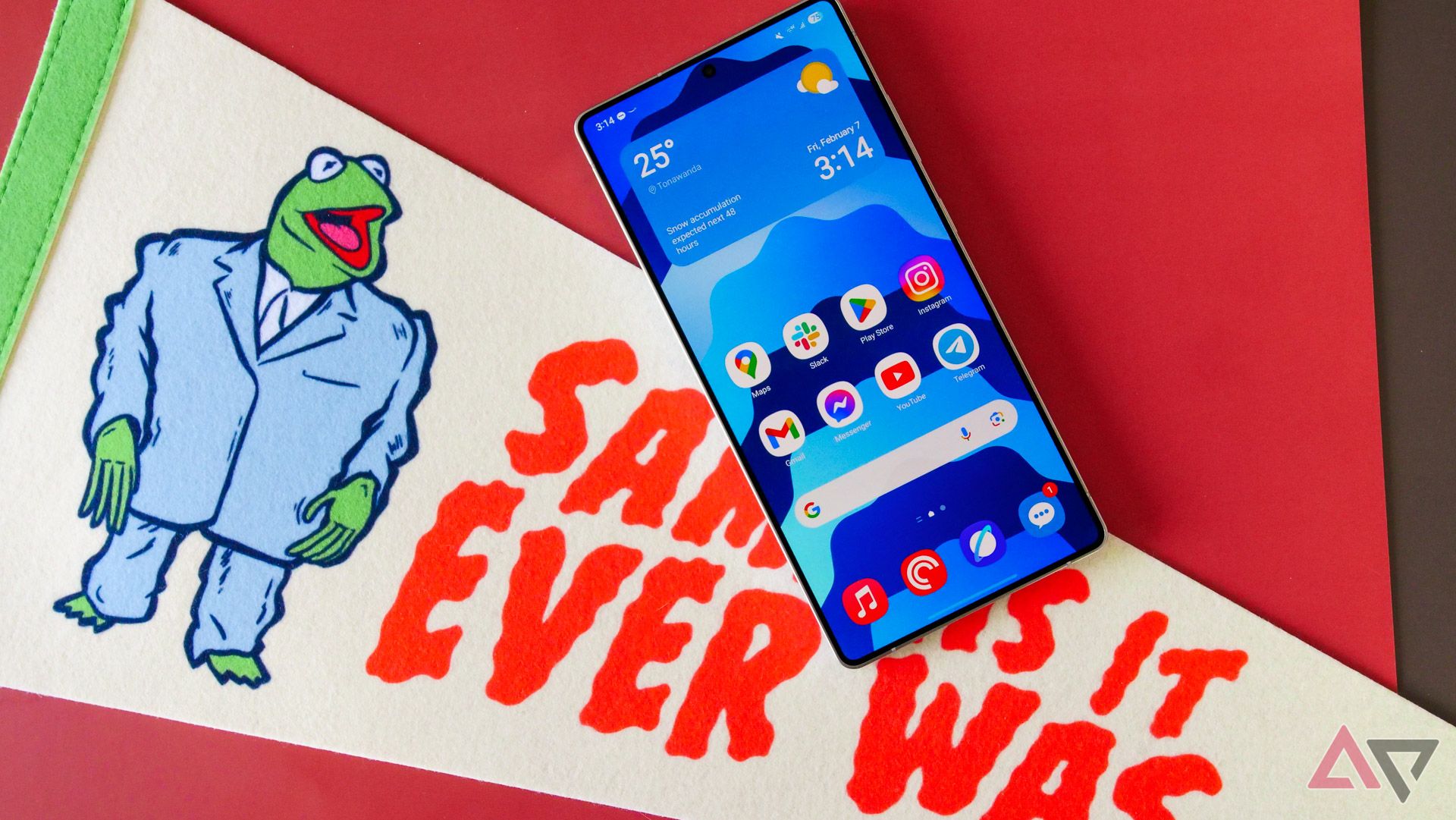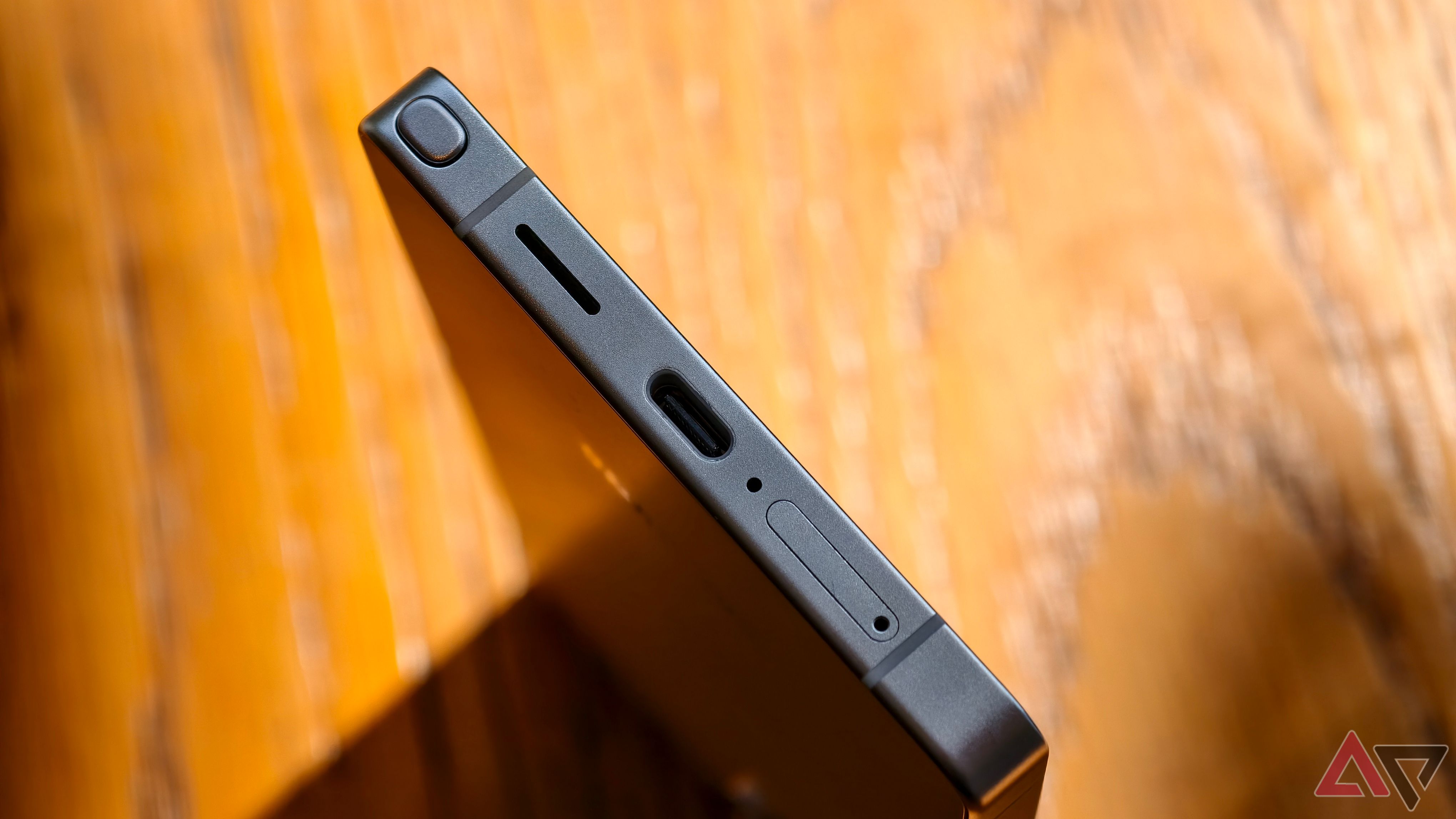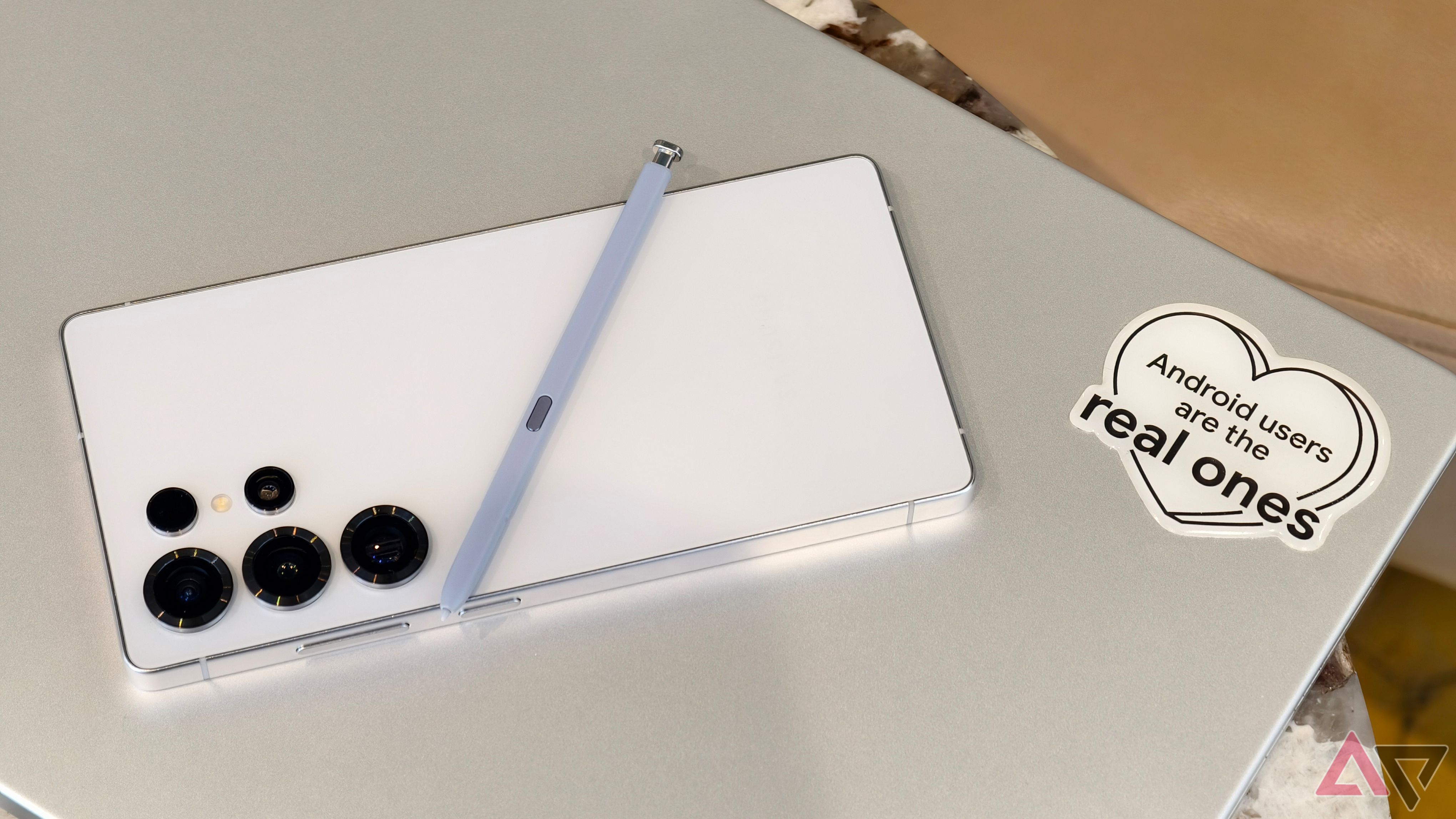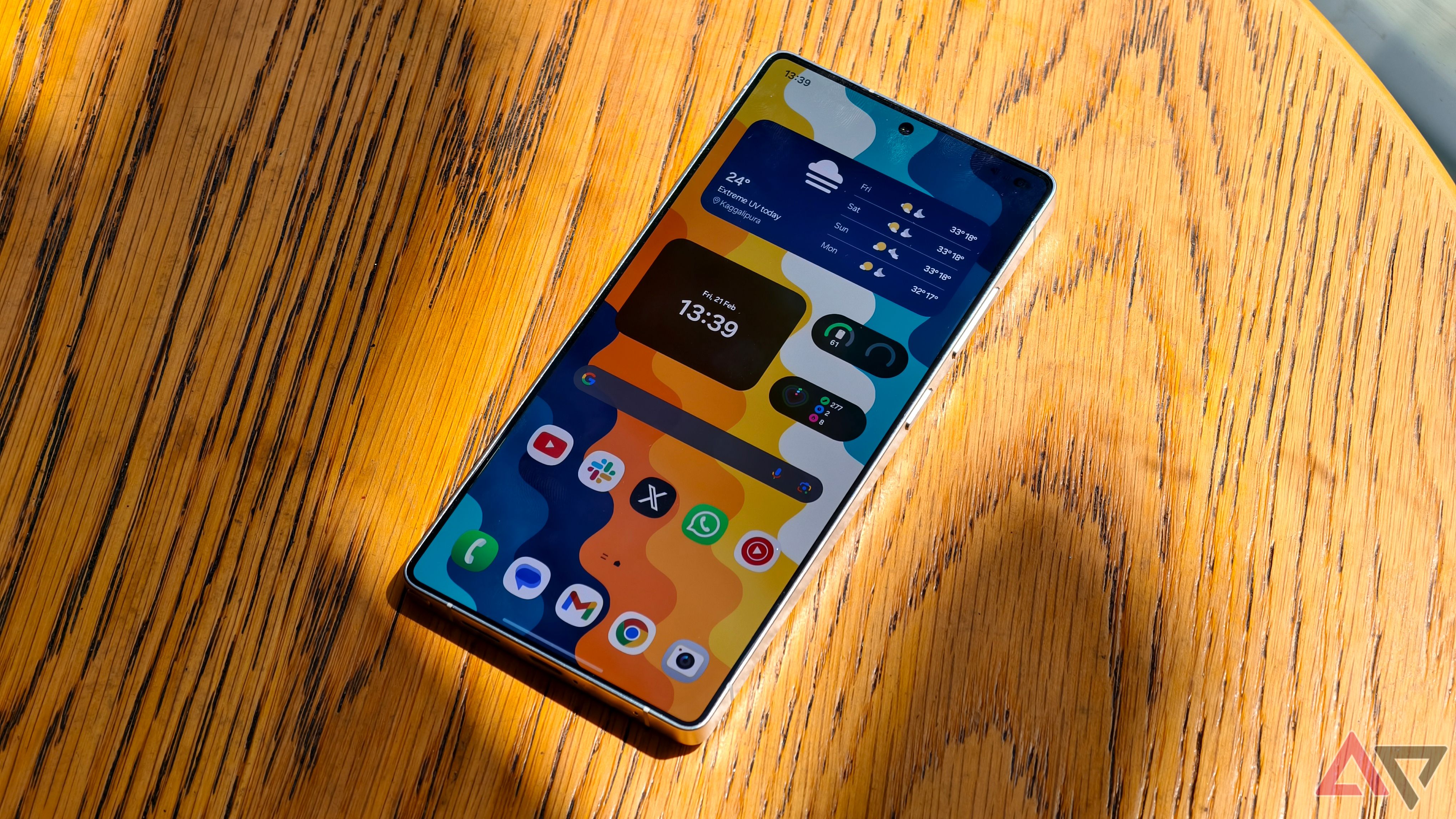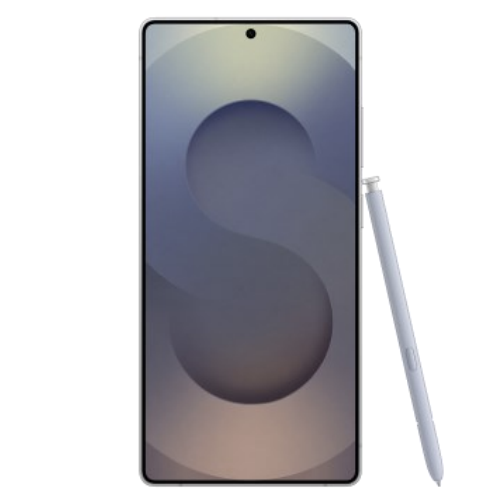My job involves testing multiple aspects of consumer tech, including the latest smartphones. I picked up Samsung’s latest flagship – the Galaxy S25 Ultra – earlier this month. The Galaxy S25 Ultra, while being one of the most polished smartphones from Samsung, has the least number of significant year-on-year upgrades compared to last year’s S24 Ultra. I was aware of this before purchasing the phone and hoped the smaller refinements would pay large dividends.
However, I packed up my Galaxy S25 Ultra a week later and shipped it to Samsung for a refund. If you think this means the Galaxy S25 Ultra is a bad phone, it’s not. Some aspects of the device are excellent, and almost convinced me to keep the device. Still, the number of choices I have in India for flagship phones made sure I returned the phone. What are the parameters the Galaxy S25 Ultra couldn’t deliver on, and which phone did I get instead? Let’s get to the bottom of it.
The same old cameras
Software does all the heavy lifting
I’m a photography enthusiast. You’ll often find me engrossed in street photography or shooting portraits of people. So, cameras are at the top of my priority list for a smartphone. This is where the Galaxy S25 Ultra was a letdown compared to other smartphones I’ve used recently. The Galaxy S25 Ultra has a versatile set of cameras that most people won’t complain about. But if you’re serious about photography, you’ll find faults in the camera output.
It primarily stems from the now-dated hardware used by Samsung in its flagships. The 200MP primary camera is more for bragging rights than actual results since the sensor relies on flexing its software algorithms to produce artificial details. Moreover, the 10MP 3X telephoto camera hasn’t been upgraded in ages and is showing its age. Images appear soft, and the sensor struggles to gather light in the dark.
The other zoom camera – the 5X periscope lens – suffers from the same issue, thanks to a small sensor and narrow aperture. Samsung tries to make up for the hardware limitations using computational algorithms, but there’s little that good software can achieve when the hardware isn’t capable enough.
Compared to the Galaxy S25 Ultra, the cameras on the Vivo X200 Pro, Oppo Find X8 Pro, and Xiaomi 15 Ultra are miles ahead in terms of capturing details and accurate colors. Everything from the standard 1X shooter to the dedicated periscope cameras on these devices is better than the optics used on the S25 Ultra.
Xiaomi uses a massive 1-inch sensor, resulting in creamy bokeh and an incredible amount of light captured in the dark without using night mode. Vivo and Oppo use a slightly smaller 1/1.28-inch sensor that is a notch below Xiaomi, but much better than Samsung’s 1/1.3-inch implementation. Vivo and Xiaomi have superior 200MP periscope cameras with a large 1/1.4-inch sensor size. The S25 Ultra’s 3X camera has a 1/3.52-inch sensor, and the 5X camera has a 1/2.52-inch sensor. That’s a marked difference.
Vivo, Xiaomi, and Oppo beat Samsung hands down in the camera department due to a clear hardware advantage, something I hope Samsung borrows for next year’s Galaxy S26 Ultra.
The same old battery
Switch to silicon-carbon already
Clicking pictures for long durations requires good endurance, and the Galaxy S25 Ultra fails to match the competition. The Vivo X200 Pro, with its massive 6,000mAh battery, outperforms the S25 Ultra with ease. I consistently get at least 1.5-2 hours of additional usage on the Vivo, which is a significant difference. Similarly, the Oppo Find X8 Pro also has a large 5,910mAh battery. This is due to the new silicon-carbon battery tech making its way to phones.
Despite the technology now becoming mainstream, Samsung stuck to a 5,000mAh Li-Ion cell. The capacity isn’t low, but my S25 Ultra often had less than 10% of juice left by 11 PM. My Vivo X200 Pro consistently has 30% to 35% battery remaining by the end of each day. To make things worse for Samsung, the X200 Pro charges from 10% to 100% in about 40 minutes, while the S25 Ultra takes close to 1.5 hours.
The same old downgraded S Pen
Give me my Bluetooth back
This is one area where I wish Samsung retained the same old trend. I don’t sign documents often, so the primary use case for the S Pen on my S24 Ultra was to take pictures. Now, Samsung got rid of that feature, rendering the S-Pen useless for me and thousands of other consumers. Considering how useful the feature was, I wish Samsung had retained it.
One UI 7 is the only saving grace
The best Android skin currently
All things considered, Samsung’s One UI 7 is my favorite Android skin. It looks clean, has a bunch of features, and is snappy to use. From the ability to go berserk with home-screen animations to the generative AI in the gallery app, Samsung nailed the software experience on the Galaxy S25 Ultra.
Throughout my time with the smartphone, the software was among the only two reasons that could convince me not to return the phone. The anti-reflective display was the other. The overall user experience of these two factors is enough to convince most people to stick to the phone. They are that good. However, the camera output and battery life didn’t live up to my expectations.
Related
Hands-on: One UI 7 is so good, it might make me switch to Samsung
Samsung’s next update is looking like a win
Old wine in a new bottle
It’s time to get back to the drawing board, Samsung
I wish I could keep the Galaxy S25 Ultra. But there are better phones in a similar price range. They may not be better in all respects, but they’re enough to edge the S25 Ultra out of the picture. For years, Samsung’s ‘S’ series of smartphones has been the benchmark for a solid Android flagship. However, this is the case only in regions like North America, where brands like Xiaomi, Oppo, and Vivo are non-existent.
The lack of these brands in countries like the US and Canada has made Samsung complacent. It has little to no competition, so it can get away with minor, iterative upgrades every year. I hope this changes soon and that Samsung returns to being a market leader in innovation like it used to be. Until that happens, I’m switching to the Vivo X200 Pro. It’s just a better phone.
Samsung Galaxy S25 Ultra
Samsung’s Galaxy S25 Ultra leaves the Note-like design behind for the very first time. With flat edges, curved corners, and a massive 6.9-inch display, this is a modern flagship through and through — and yes, that S Pen is still here too.


